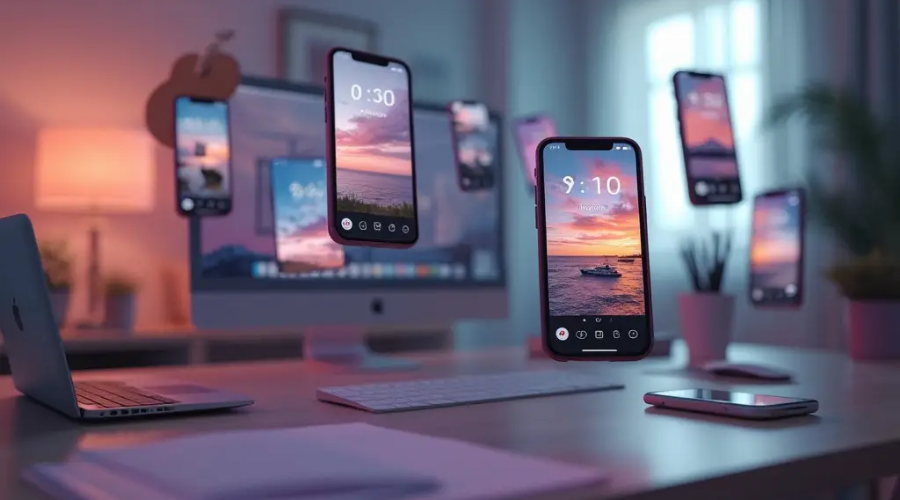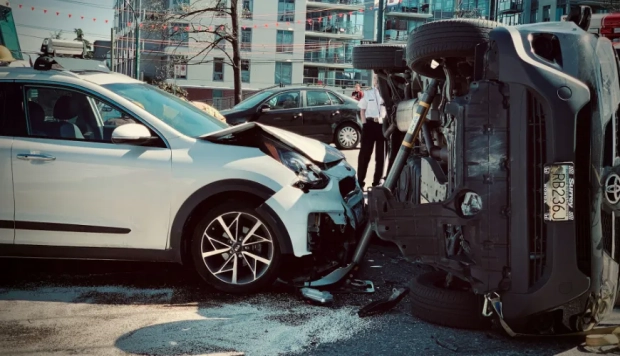Best and Worst Times to Post on Instagram

For businesses and content creators alike, understanding when to post on Instagram can make the difference between content that soars and content that sinks. This comprehensive guide will help you navigate the complex world of Instagram timing to maximize your engagement and reach.
Before diving into specific timing recommendations, it's crucial to understand how Instagram's algorithm processes and prioritizes content. According to Instagram's official blog, the platform considers three main factors when determining post visibility: relationship with the user, interest in the content type, and timeliness. While the first two factors are relatively stable, timeliness creates a dynamic element that savvy marketers can leverage.
Peak Engagement Times by Industry
Different industries experience varying levels of engagement throughout the day and week. According to a comprehensive study by Sprout Social analyzing over 30,000 business profiles:
-
Technology Companies and B2B Services - The best posting times center around professional hours, with peak engagement occurring Tuesday through Thursday from 10 AM to 2 PM. The study found that posts during these times received 32% higher engagement than off-peak posts.
-
Retail and E-commerce - Weekend activity dominates this sector, with Saturday showing the strongest performance between 11 AM and 4 PM. Sunday posts between 10 AM and 1 PM also demonstrate robust engagement rates.
-
Food and Beverage - Meal times drive engagement, with optimal posting windows occurring between 11 AM-1 PM and 5 PM-7 PM local time. Weekday lunch hours show particularly strong performance.
-
Entertainment and Media - Late afternoon and evening hours perform best, specifically between 4 PM and 9 PM. Thursday and Friday evenings demonstrate the highest engagement rates.
Global Best Times to Post on Instagram
When considering a global audience, timing becomes more complex. However, research from Later.com analyzing over 35 million posts reveals some universal patterns:
Best Times:
- Monday: 11 AM - 1 PM
- Tuesday: 10 AM - 1 PM
- Wednesday: 9 AM - 11 AM
- Thursday: 11 AM - 2 PM
- Friday: 2 PM - 4 PM
- Saturday: 9 AM - 11 AM
- Sunday: 8 AM - 10 AM
(All times in local timezone)
Worst Times to Post
Understanding when not to post is equally important as knowing the optimal times. According to data from HubSpot's 2024 Social Media Marketing Report, these periods consistently show lower engagement:
1) Late Night Hours (11 PM - 3 AM)
Most users are sleeping during these hours, leading to minimal real-time engagement. Posts made during this time often get buried under fresher content by the time your audience wakes up.
2) Early Morning (4 AM - 6 AM)
Similar to late night hours, early morning posts typically receive lower engagement due to reduced active users.
3) Major Holiday Time Slots
During significant holidays, user behavior changes dramatically. Posts during primary celebration hours (like Christmas morning or New Year's Eve midnight) often see reduced engagement.
The Science Behind Timing
Research from the Oxford Internet Institute suggests that social media engagement follows predictable patterns based on human circadian rhythms and work schedules. Their studies show that:
- Peak cognitive function occurs between 9 AM and 11 AM
- Decision-making ability is strongest between 11 AM and 4 PM
- Social media interaction peaks during natural breaks in the workday
Optimizing Your Posting Schedule
To make the most of these insights, consider implementing these strategies:
1) Use Instagram Analytics
Instagram's native analytics provide valuable insights into when your specific followers are most active. This data should be your primary guide for timing decisions.
2) Consider Time Zones
If you have a global audience, focus on the time zone where the majority of your followers reside. For multiple major time zones, consider posting twice to capture both audiences.
3) Test and Adjust
While general guidelines are helpful, your optimal posting times may vary. Implement a systematic testing schedule over 4-6 weeks to identify your best performing time slots.
Special Considerations for Different Content Types
Different types of Instagram content may perform better at various times:
Stories
Instagram Stories have a 24-hour lifespan, making them ideal for time-sensitive content. According to Instagram's internal data, Stories posted during commute hours (8-9 AM and 5-6 PM) see higher completion rates. Pair each post with an Instagram Story teaser scheduled 10–15 minutes earlier to prime your audience and lift initial engagement.
Reels
Short-form video content tends to perform best during entertainment hours, typically between 7 PM and 9 PM. The weekend shows particularly strong engagement for Reels content. To maximize the value of this engagement, it's helpful to understand how to monetize Instagram Reels, allowing creators to turn high-performing videos into potential revenue streams.
Regular Posts
Static posts follow the general timing guidelines mentioned above but show stronger performance during lunch breaks and early evening hours.
The Impact of Consistency
While timing is crucial, consistency in posting schedule can be even more important. Research from Social Insider demonstrates that accounts posting at consistent times see up to 19% higher engagement rates than those with irregular posting patterns.
Future Trends and Considerations
Several factors are shaping optimal posting times:
1) Increased Global Audience
The growing international user base means traditional peak times are becoming more fluid.
2) AI-Powered Scheduling
Advanced scheduling tools are making it easier to hit optimal posting times for different audience segments.
3) Changes in Work Patterns
The rise of flexible work arrangements is creating new engagement patterns that differ from traditional 9-5 schedules.
Mastering Your Instagram Timing Strategy
While these guidelines provide a solid foundation for timing your Instagram posts, the most effective approach is to combine industry best practices with your own audience data. Regular analysis of your posting performance, combined with an understanding of your specific audience's behaviors, will help you develop an optimal posting schedule that drives engagement and growth for your brand.
Remember that timing is just one component of a successful Instagram strategy. High-quality content, consistent engagement with your audience, and authentic brand voice remain crucial elements of social media success.




